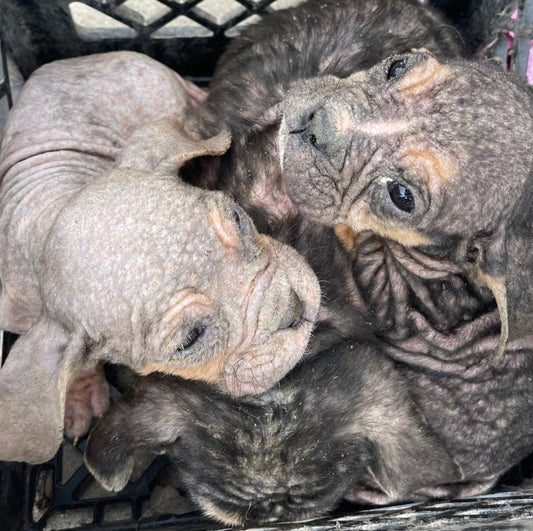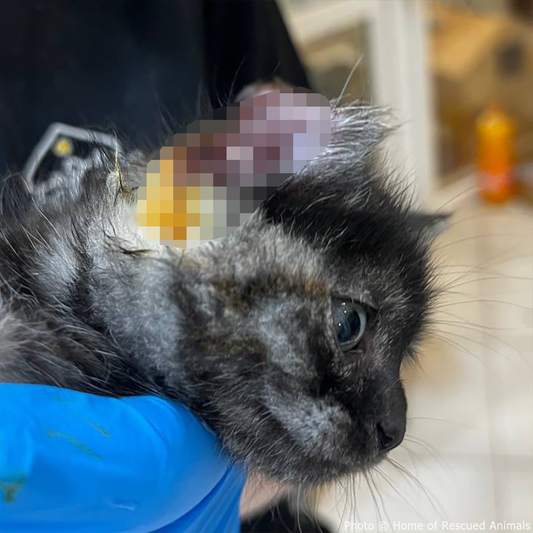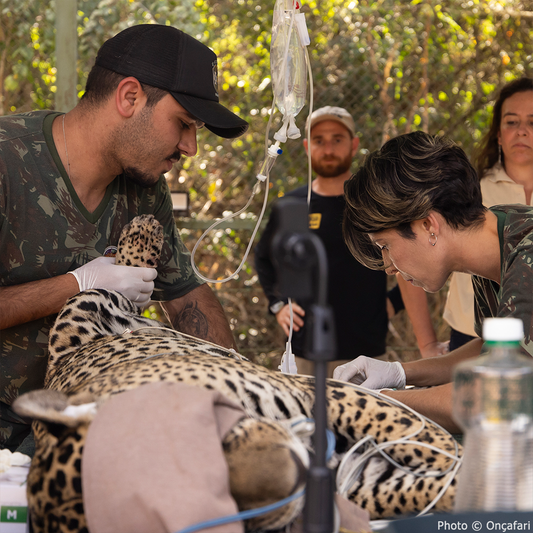Angkor’s Monkeys Face Abuse as YouTubers Chase Viral Fame
Matthew Russell
Photo: Pexels
Monkeys at the Angkor UNESCO World Heritage Site in Cambodia are increasingly becoming victims of abuse as local YouTubers seek to generate income from online views.
The distressing trend has garnered the attention of Cambodian authorities, who are now investigating the disturbing acts of cruelty being broadcasted to audiences around the world.

Content Creation at a High Cost
In the pursuit of views and subscribers, some YouTubers have resorted to filming and posting videos that depict various forms of abuse inflicted upon the long-tailed macaques living around the ancient temples of Angkor, reports the Borneo Bulletin.
The abuse ranges from physical harm to disturbing acts meant to provoke reactions from the animals. In one video, a baby monkey is held by the neck and repeatedly doused in water, desperately trying to escape. Another clip shows a person playing with the genitals of a juvenile macaque to excite it for the camera, actions that serve no purpose other than to attract a larger audience.
APSARA, the Cambodian agency responsible for managing the Angkor site, is working with the Ministry of Agriculture to collect evidence and pursue legal action against these abusers.
“The monkey should be living in the wild, where they are supposed to be living, but the monkey nowadays is being treated like a domestic pet,” said Long Kosal, APSARA’s spokesperson told VOA News.
Kosal emphasized that these videos are created purely for monetary gain, exploiting the animals for profit.
The Attraction of Easy Money
The lure of easy money has led many to join the ranks of these content creators. Some of these individuals turned to YouTube during the COVID-19 pandemic when the tourism industry collapsed, making traditional jobs like tuk-tuk driving unsustainable.
One YouTuber, Phut Phu, who started filming monkeys 2 ½ years ago, told the Associated Press, “I need these monkeys,” he said, his livelihood now depending on the daily filming of these animals. However, this dependency has led to the exploitation of the monkeys. These animals, which should ideally be foraging and living independently in the wild, are now accustomed to receiving handouts from humans, further disrupting their natural behavior and leading to increased aggression toward tourists.

Unintended Consequences
The interaction between humans and monkeys at the Angkor site has led to numerous problems. Monkeys that are regularly fed by YouTubers and tourists have become dependent on these handouts, altering their natural behaviors. The close interactions also make the animals more aggressive.
There have been numerous reports of tourists being bitten by monkeys when they resist giving up their food. This poses a serious safety risk to visitors at one of Southeast Asia’s most popular tourist destinations. Moreover, the search for food brings the monkeys into closer contact with the ancient temples, where they often cause damage by pulling away pieces of the stone structures, CBS News reports.
These acts of destruction further exacerbate the challenges faced by the authorities responsible for preserving the UNESCO site.

The Legal and Ethical Battle
Cambodian authorities face significant challenges in their efforts to curb this form of exploitation. The APSARA authority has limited tools at its disposal to prevent filming at the site. The real difficulty lies in identifying and prosecuting the individuals behind the abuse, many of whom remain off-camera.
Kosal noted that even when videos are removed from platforms like YouTube and Facebook, many other clips of monkeys continue to circulate online, attracting thousands of views and perpetuating the cycle of abuse.
Nick Marx, director of wildlife rescue and care for the Wildlife Alliance, pointed out that the key to stopping this abuse lies in public behavior.
“If people that don’t like this kind of thing would stop watching them, that would really help solve the problem of abuse,” Marx told the South China Morning Post.
The situation at Angkor is a stark reminder of the darker side of social media, where the pursuit of clicks can lead to the exploitation of innocent animals. The Cambodian government’s ongoing investigation may lead to stricter enforcement of animal protection laws, but the ultimate solution will require a change in viewer habits and greater awareness of the consequences of supporting such content.

What’s at Stake?
As authorities continue to gather evidence, the fate of the monkeys at Angkor hangs in the balance. Without swift action and increased public awareness, these animals will remain at risk, subjected to abuse in the name of entertainment and profit.
The situation calls for global attention and a collective effort to protect these creatures and preserve the integrity of one of the world’s most cherished heritage sites. Cambodia’s battle against online animal abuse is not just a local issue but a global one, highlighting the need for responsible content creation and consumption in the digital age.
Click below to take action for the monkeys of Angkor Wat!
Matthew Russell is a West Michigan native and with a background in journalism, data analysis, cartography and design thinking. He likes to learn new things and solve old problems whenever possible, and enjoys bicycling, spending time with his daughters, and coffee.




















